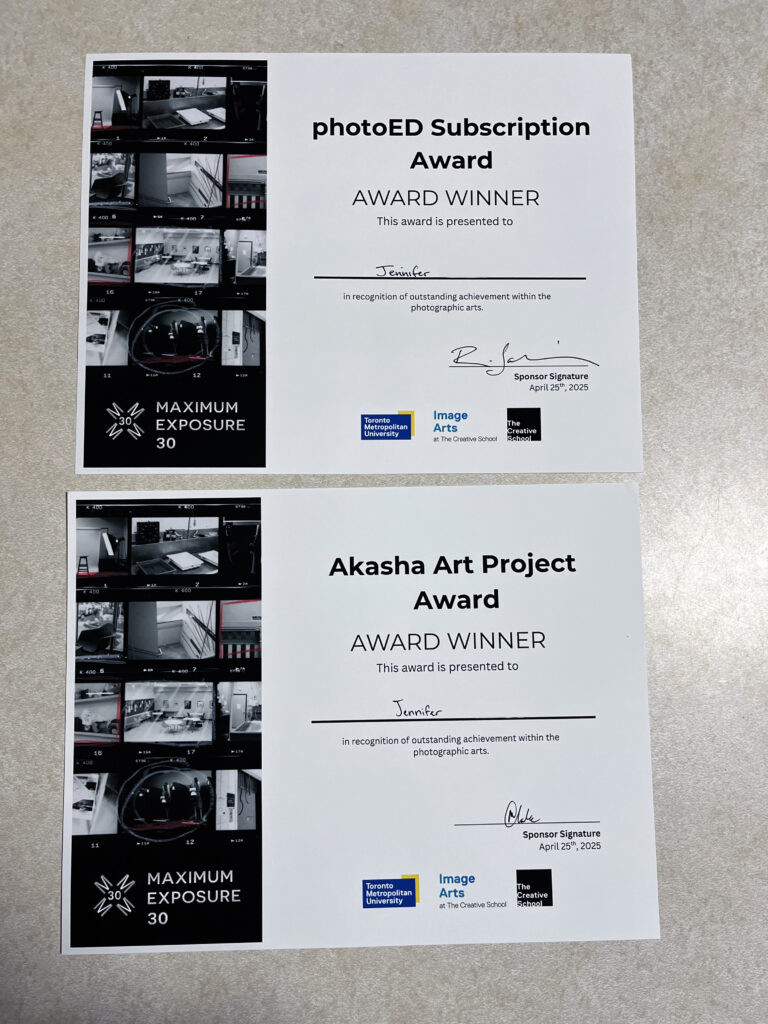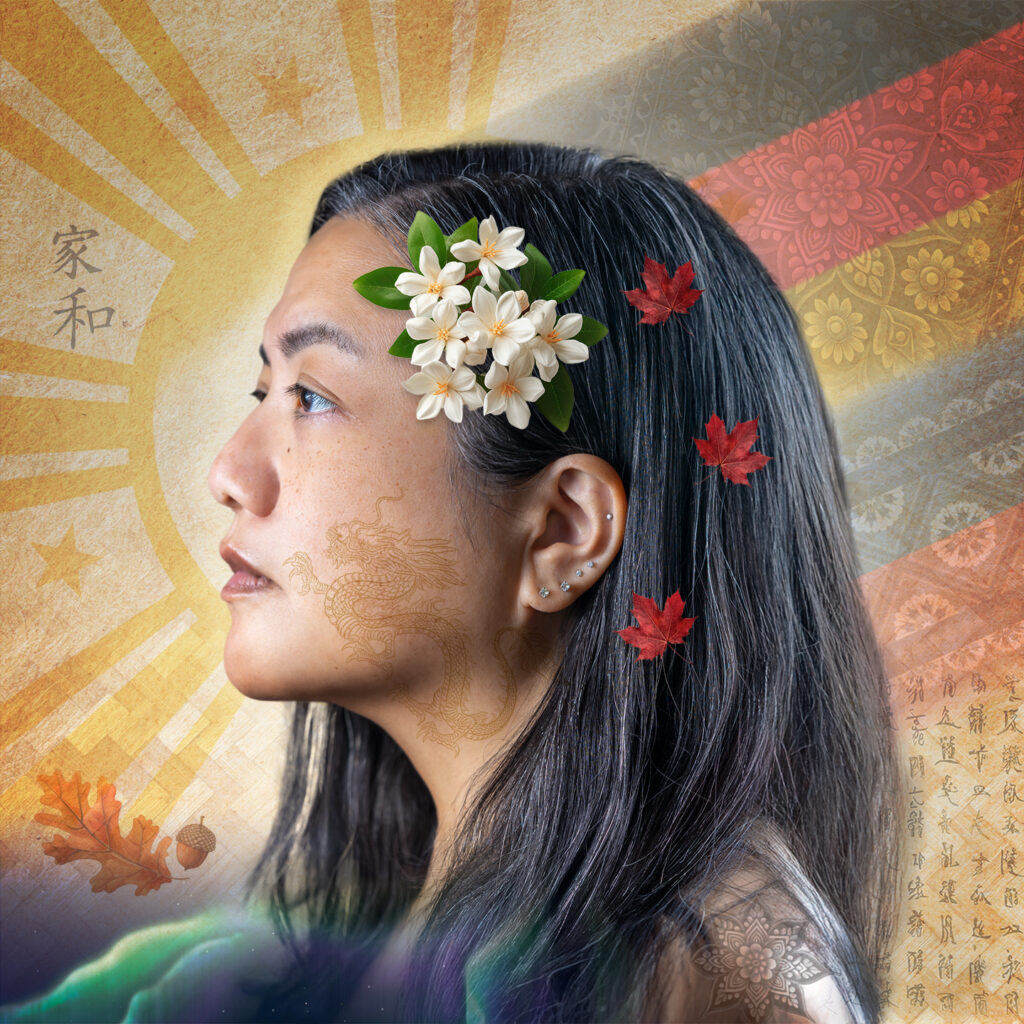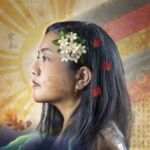Reflections on Landscapes of Identity
There’s a persistent tension I’ve lived with — between the impulse to preserve my privacy and the call to make myself visible. As someone who finds depth in introspection and meaning in quiet observation, I’ve often chosen to remain in the background, crafting stories from the margins. But as an artist — particularly one whose work engages with identity, memory, and visual storytelling — I’ve come to understand that image-making is also, inescapably, a form of self-making. And that means learning how to be seen.
We live in an era where visibility is often mistaken for exposure — a performance of access rather than an expression of truth. But I’ve been unlearning that definition. To be seen is not to perform. To be seen, intentionally, is to make visible the parts of ourselves we’ve long protected, not for validation, but for connection. For clarity. For presence.
Landscapes of Identity: Process and Intention
Landscapes of Identity is a digital mixed-media self-portrait piece I created in 2024. Through a combination of photography, symbolic graphic elements, and compositing, it integrates visual motifs drawn from my Filipino, Chinese, German, and Canadian heritage. Each cultural reference — whether the Banaue Rice Terraces or Northern Lights — holds personal resonance, carefully chosen and composed to explore what it means to exist across multiple histories and cultural lineages.
The image was constructed with deliberate restraint. I played with selective color, opacity, and texture to evoke the experience of partial visibility — how certain identities are perceived, others obscured, and many misunderstood. This creative process became both an act of affirmation and resistance: a way of declaring, through composition and symbolism, that I am not a singular narrative. I am a convergence of place, history, and becoming.
On In-Betweenness: A Language for Complexity
My conceptual grounding for this work draws from the writing of cultural theorist Homi K. Bhabha, who articulates the notion of in-betweenness — a state of hybrid identity formed in the “third space,” where new cultural meanings are negotiated. Bhabha’s theory reminds us that identity is not fixed or inherited, but constantly formed through the lived tensions between cultures, languages, and histories.
🔗 Bhabha, The Location of Culture (Routledge, 1994)
🔗 Introduction to Bhabha’s Ideas on Hybridity – Emory Postcolonial Studies
This theoretical lens gave structure to something I had long felt intuitively — that much of my identity has been lived in-between: between cultures, expectations, geographies, and ways of knowing. It is not a deficit, but a generative space. Landscapes of Identity is my way of giving visual form to this liminality — not to resolve it, but to honour it.
Vulnerability as a Necessary Gesture
What makes this work particularly meaningful for me is that it is also a self-portrait — a rare moment of turning the camera inward. For years, I avoided including myself visually in my work, preferring to remain behind the lens. But this project demanded more. It required not only conceptual transparency but personal vulnerability.
To share my face in this image is not a move toward visibility for visibility’s sake. It is an act of recognition — a quiet declaration that, if I am to participate meaningfully in artistic communities, I must allow myself to be known. Not everywhere. Not all at once. But in the spaces that matter — where art meets community, and identity becomes relational.
Recognition as Witness, and the Inheritance of Presence
Submitting Landscapes of Identity to TMU’s Image Arts annual Maximum Exposure Exhibition (#30) was an act of quiet courage. I didn’t expect anything — I simply felt that this piece was ready to live outside of my private archive, to meet the world on its own terms. When I learned it had been not only accepted but awarded twice, I was overwhelmed. I’m deeply grateful to the curators, faculty, and the award sponsors, Akasha Art Project and photoED Magazine, for these generous and affirming recognitions.


But beyond the awards, what touches me most is this: that the work was felt. That the truths layered into this image — subtle, contradictory, quiet — were not overlooked. They were seen, and witnessed.
This is not just a self-portrait. It is a constellation of histories. A gathering of memory, ancestry, and becoming. I carry within me the visible and invisible legacies of those who came before — not only through blood, but through story, migration, silence, resistance, and resilience.
To be seen in this way is not merely personal. It is not about aesthetic beauty, but about honouring the layered, complex beauty within — the kind shaped by inheritance, adaptation, and self-discovery. It is an act of recognising the singular shape these histories have taken through me — a quiet emergence shaped by complexity, not contradiction. A gesture toward something whole, and wholly human.
And in that gesture — of becoming visible on my own terms — I honour both the impulse to remain unseen, and the courage it takes to step forward.



